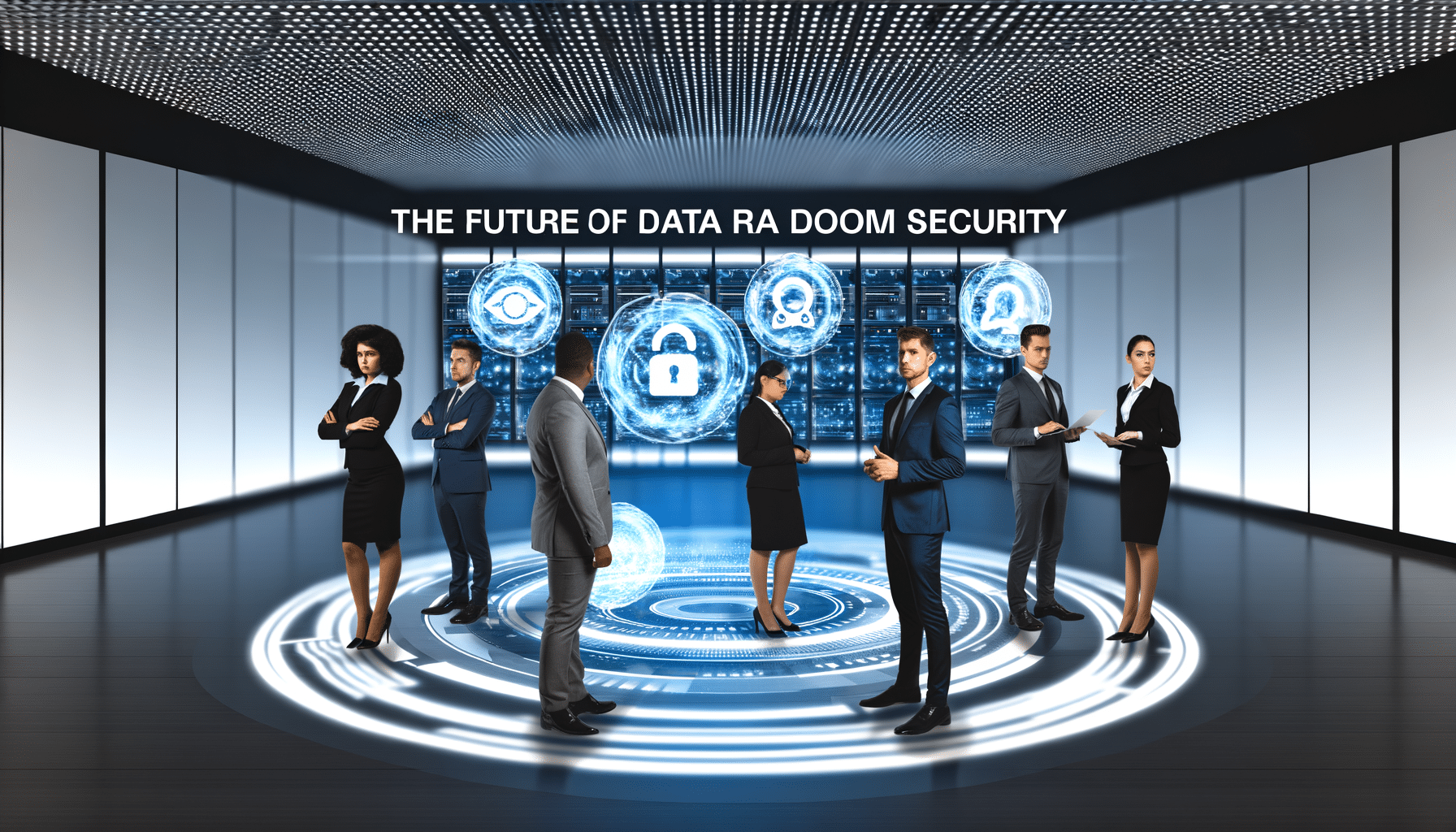In today’s digital age, the concept of a data room has evolved dramatically. These spaces, once confined to locked cabinets in high-security rooms, have made their way into the digital realm, allowing for unprecedented ease in sharing, storing, and managing sensitive data. However, as the convenience of virtual data rooms (VDRs) grows, so does the need for robust security. Let me share my thoughts about how we at RecordsKeeper.AI envision the future of data room security and the innovative measures we’re developing to stay ahead of potential threats.
Understanding the Current Landscape of Data Room Security
As an entrepreneur deeply invested in data security, it’s clear that traditional security measures aren’t sufficient for protecting today’s digital data rooms. Currently, most virtual data rooms rely on encryption, two-factor authentication (2FA), and firewall protection. These are essential, but they don’t fully address the emerging threats posed by advanced cybercriminals.
Cyberattacks are becoming more sophisticated, and we must anticipate these threats to protect our clients. In recent times, we’ve seen an increase in cybercrime targeting data-rich environments, prompting an urgent need for comprehensive, future-oriented security solutions. This forms the foundation of our approach at RecordsKeeper.AI.
Emerging Technologies Paving the Way
In our pursuit of next-generation security for virtual data rooms, we’ve turned to emerging technologies like artificial intelligence (AI) and blockchain. These tools not only enhance security but also offer significant improvements in operational efficiency and user experience.
AI-Powered Security Features:
Blockchain’s Immutability:
Advanced Access Control and User Behavior Analytics
Another area we’re focusing on is access control and behavior analytics. One size does not fit all when it comes to security, and our system tailors security measures to meet the specific needs of each organization.
Granular Access Permissions:
Enhanced User Behavior Monitoring:
The Human Element: Awareness and Training
While technology is critical, the human element should never be underestimated. Our experience has shown that even the most advanced systems can fall victim to human error. Hence, implementing a strong culture of security awareness and ongoing training is imperative.
Regular Training Programs:
We offer training sessions focusing on the latest cybersecurity threats and best practices, helping employees become the first line of defense against breaches. Empowering the team with cybersecurity awareness ensures everyone from the ground up understands the importance of vigilance.
Simulated Breach Tests:
Conducting regular drills to simulate breaches and evaluate response effectiveness has proved invaluable. By understanding potential gaps in our procedures, we can improve system resilience continuously.
The Road Ahead
The future of data room security is a complex and evolving landscape that requires constant vigilance, innovation, and adaptation. At RecordsKeeper.AI, our vision is to anticipate these changes, leveraging the best technology has to offer to create secure, user-friendly virtual data rooms. We aim to provide not only a service but a security partnership, ensuring our clients’ data remains secure and their businesses thrive.
Our commitment goes beyond technology. We envision a future where data security is seamlessly integrated into the daily operations of businesses worldwide. By focusing on proactive solutions and education, we empower organizations to take control of their data security and transform their virtual data rooms into safe havens of innovation and progress.
In conclusion, the security of virtual data rooms remains a paramount concern for contemporary businesses, and it is one we at RecordsKeeper.AI will continue to address head-on. As we forge ahead into this new era of data management and security, we invite you to join us on this journey—to explore, innovate, and stay secure. Feel free to follow my insights for more on securing your business in this digital age.








